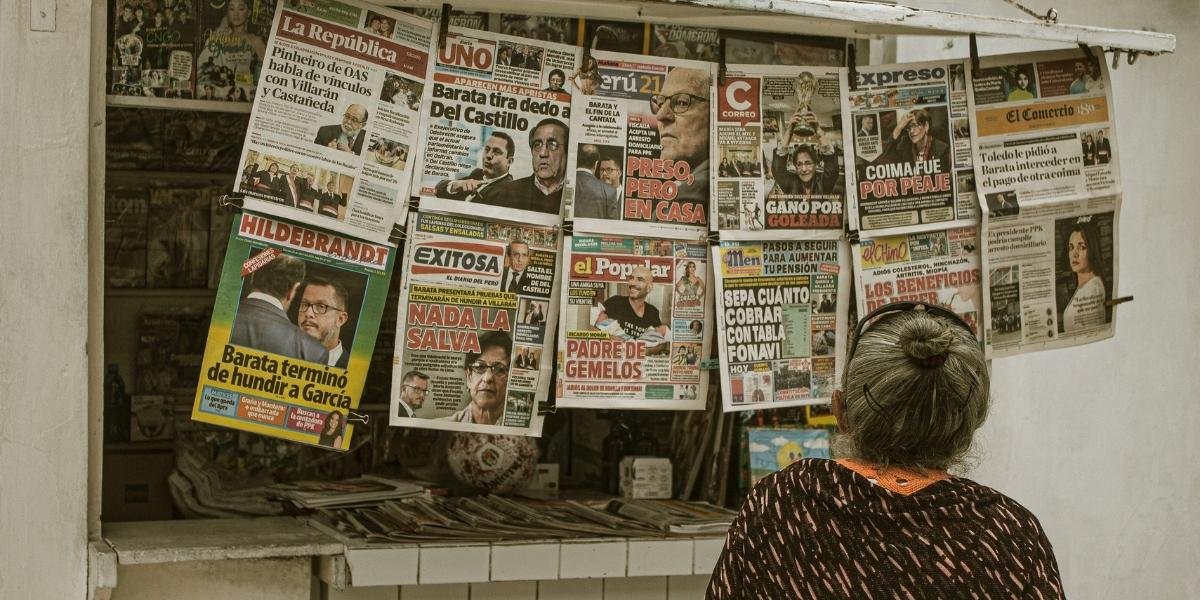The Evolution of Gossip and its Blurry Lines
For much of the 20th century, gossip was primarily the domain of print tabloids and magazines. The information was often exaggerated or unsubstantiated, but it was generally confined to a specific medium and a limited audience. These publications had some form of editorial process, however loose it may have been, and legal restrictions that provided a modicum of control over what was published. The flow of information was slower and more centralized.
The internet and social media changed everything. The speed at which information can be shared and the lack of a centralized authority meant that any claim, no matter how outlandish, could be spread instantly to millions of people. A rumor that might have taken weeks to travel by word of mouth now goes global in a matter of minutes. This rapid distribution created an environment where gossip could thrive and evolve, often without any checks or balances. It is in this new, decentralized system that the blurry lines began to appear.
How Misinformation Spreads in the Digital Age
The way misinformation spreads is rooted in human psychology. People are more likely to believe and share information that confirms their existing biases or aligns with their worldview. This is true whether the topic is political or about the private lives of public figures. The emotional charge of a sensational story makes it more likely to be shared, and online algorithms are designed to promote engagement, regardless of whether the content is true.

Photo Credit: Unsplash.com
In the absence of a professional editorial process, a false claim can gain traction simply by being repeated often enough by enough people. What starts as a joke or a piece of idle speculation can be shared, retweeted, and copied onto new platforms, each time gaining a veneer of legitimacy. This is the basic engine of both online gossip and fake news. The sheer volume of content and the speed of sharing make it nearly impossible to stop a false claim once it has started to spread, which is why media literacy is more important than ever.
When Celebrity Bashing Becomes a Template for Fake News
The tactics used in celebrity bashing and fake news are often identical. Both rely on emotional engagement, outrage, and the rapid, uncritical sharing of unverified claims. A rumor about a famous person’s personal life might be spread with the same techniques as a false claim about a political event. In both cases, the goal is not always to inform but to provoke a reaction, to get people to share and engage. The mechanisms of outrage and confirmation bias are the same regardless of the subject matter.
By engaging with sensational stories about public figures, people become accustomed to a style of information consumption that prioritizes speed and emotion over accuracy. This habit can then be applied to more serious topics. Someone who is used to accepting and sharing unverified claims about a well-known actor might be more likely to do the same for a political or social issue. The constant exposure to this kind of digital gossip erodes a person’s ability to critically evaluate information, making them more susceptible to all forms of disinformation. This is a critical aspect of celebrity bashing and fake news.
The Impact on Public Figures and Media Trust
The consequences of this blurring of lines are profound, not just for the individuals involved but for society as a whole. For public figures, being subjected to a constant stream of baseless rumors and malicious claims can have a serious impact on their mental health, reputation, and career. The digital nature of the claims means they can live forever online, and a quick search can bring up a host of false narratives that are difficult to disprove or remove. The speed of the spread of these lies makes it nearly impossible for a single person to combat them.

Photo Credit: Unsplash.com
The prevalence of gossip and fake news erodes public trust in the media. When people see sensational and unverified stories being shared and promoted, it becomes harder for them to distinguish between professional journalism and deliberate falsehoods. This can lead to a general cynicism and a loss of faith in all institutions, from news outlets to public officials. The steady stream of digital gossip is a continuous assault on our ability to trust information.
A Call for Media Literacy in a Digital World
The solution to this problem is not to stop talking about public figures, but to change the way we consume and share information. Developing strong media literacy skills is the single most important defense against the spread of both gossip and disinformation. This means learning to question the sources of information, looking for evidence, and being aware of one’s own emotional reactions to a story. It requires a conscious effort to think before clicking or sharing.
It is also important for individuals to recognize that gossip culture and fake news are two sides of the same coin. They both thrive on unverified claims, emotional responses, and rapid sharing. By being more thoughtful about the kind of content we engage with, we can help to slow the spread of all forms of disinformation. This is not just a personal responsibility; it is a collective one. A more discerning public is the best defense against a world where the lines between gossip and truth are increasingly blurred.










